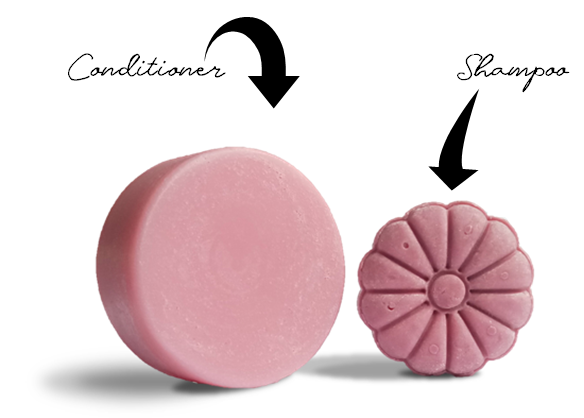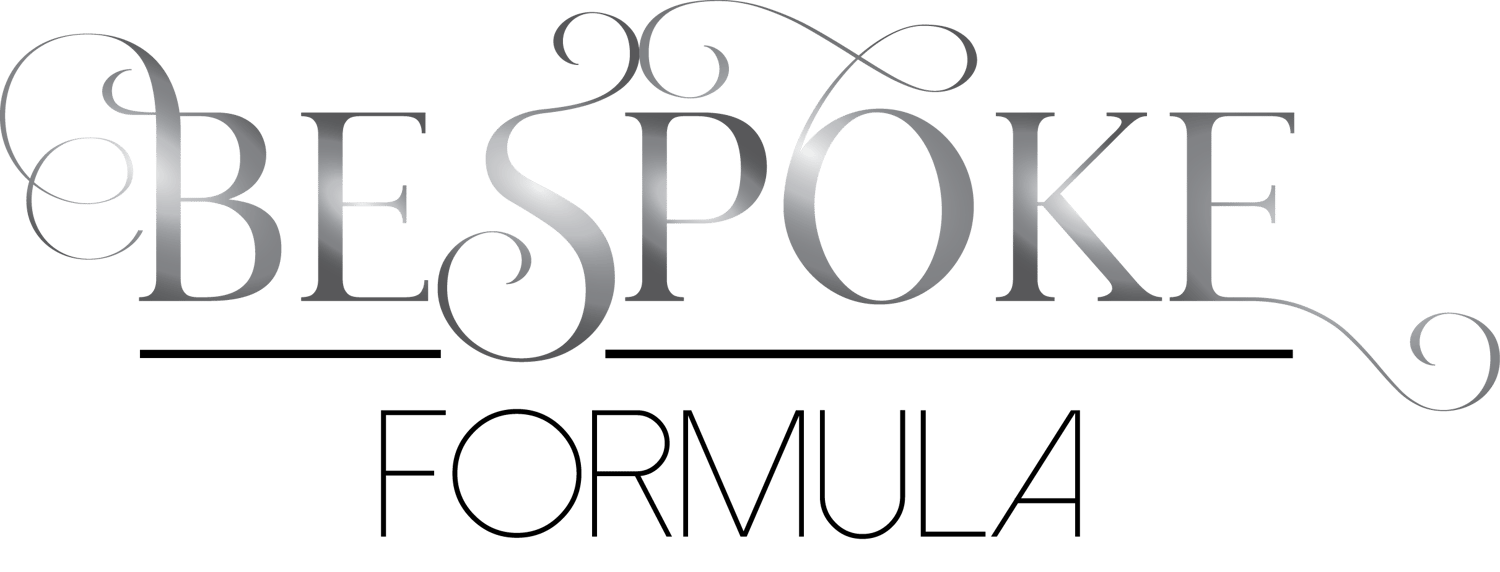I will try to make it as simple and easy as possible.
Hair is our crowning glory, and our hair is dead. Yes, this dead thing on top of our head also plays a big role in how we look. We do so many things to our hair; color, perm, straighten, bleach, iron, steam, and the list goes on.
Shampoos and conditioners are 2 basic items everyone uses almost on a daily basis and we pay so much emphasis on the brand, scent, and what it can do to our crown. But one important thing that almost no one cares about is its pH.
pH is as important as other ingredients in the product, and unlike our skin, which is a living thing (and by that I mean not dead), our skin is able to correct itself sooner or later if we accidentally use the wrong product, whereas our dead hair cannot. There, I said it again, dead. Once our hair is damaged, it is damaged. It is not impossible to have healthy hair with good care. For damaged hair, the only way to get healthy hair back is by chopping it off. However, this is not always an option for someone who loves long hair, and waiting for it to grow back may take several years.

Human hair (including sebum on the scalp) has a pH of between 4.5-5.5. The slight acidity actually helps prevent the growth of fungi and bacteria and helps keep the hair cuticle closed and healthy. When a hair care product’s pH is balanced, it means that its pH is within the healthy hair range. When you are using something that is out of the pH range, your hair can become frizzy, dry, and prone to breakage. Alkaline pH may increase the negative electrical charge of the hair fiber surface and therefore, increase friction between the fibers. For a rinse-out product the pH is between 4-6, while the pH of a leave-on product is between 5-6. Although bleached and colored hair can go slightly lower, at 4.5.
Hair tends to have negative charge and charge is pH dependent. Below pH 5, acids enter the hair if left on the hair for a long time, and hair will lose its charge balance. Bleached hair can handle lower than pH5. Above pH 7 to 8, "base" enters the hair. The hair temporarily has zero charge at pH 3.4-4.5. A quite-low pH product (especially for professional colored treated shampoo and conditioner), having knocked the charges away, leaves your hair with tightly-closed cuticles and is therefore very resistant.
Based on a study done in Brazil, interestingly, only 38% of the popular branded shampoos have a pH ≤ 5.0 whereas 75% of the salons shampoos presented a pH ≤ 5.0. The bottom line is, you will be fine with anything between pH 4 and 6 for a rinse-off product.
In 2017, I permed, bleached and colored (several times since then) my hair and it has taken its toll. Getting your hair colored professionally is not cheap! (at least for me). So my search for a product (shampoo and conditioner) to prolong the color has brought me to this experiment done by this site. 22 popular hair care brands of color care shampoos were tested (11 drugstore brands vs 11 professional salon brands) and the results show that, as a whole, professional shampoos do in fact hold color better than drugstore shampoos. They found that the winner, Wella Brilliance is the overall best shampoo for color-treated hair, as it held color better than every other product in their experiment. Using the multicolor pH strip (although not the most accurate compared to a pH meter but definitely better than litmus paper), I have checked the pH level for Wella Brilliance (which I bought) and Kerastase Radiant (which I received as a free sample). The pH level for Wella is around 4.5 and 5.5 for Kerastase. The drugstore brand Loreal Radiance pH of 5.0 and the shampoo for non-colored hair, Pantene Aqua Pure has a pH of 6.5. Interestingly, all conditioners are around 4.5pH.
Of course, it takes more than just the right shampoo and conditioner to maintain healthy hair. Use the right amount of shampoo, never skimp on conditioner, wash less frequently for colored hair, use cooler water when washing, don’t wear the same hairstyle every day (ponytail, tight bun, etc), use the right pillowcase and try a hair boosting supplement.
So, there you go. Can you draw your own conclusion now?
Resources
https://www.ncbi.nlm.nih.gov/pmc/articles/PMC4158629/
http://science-yhairblog.blogspot.com/2013/07/ph-and-your-hair-little-redox-to-make.html
https://productadvisor.com/best-shampoo-for-color-treated-hair/
https://blog.viviscal.com/brushing-hair-growth/



Comments ()